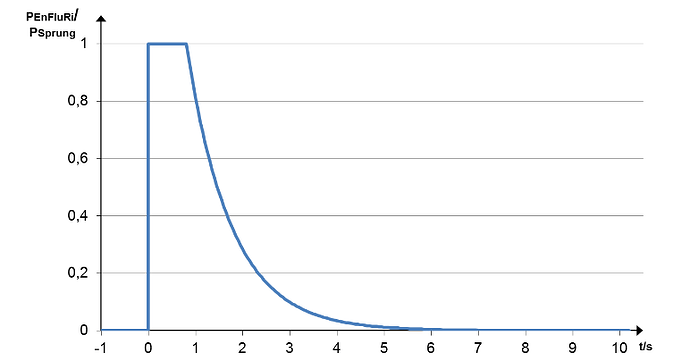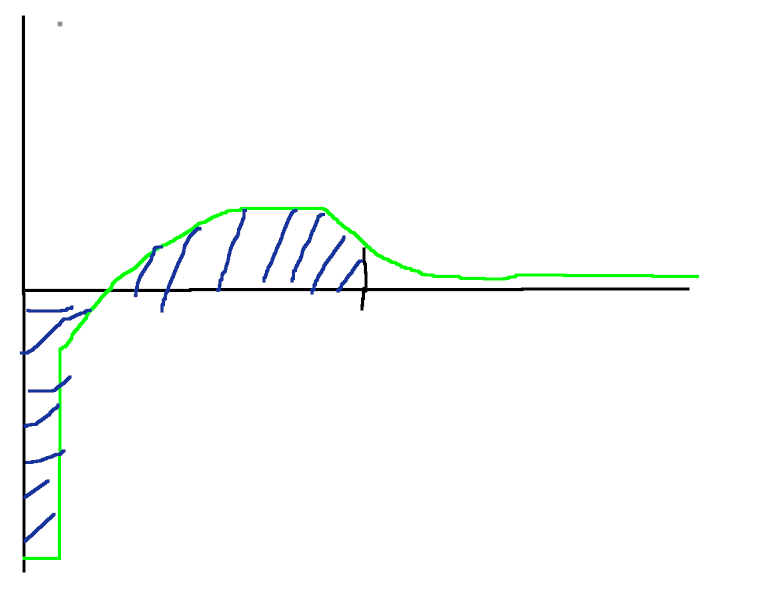The prepaid Conlog goes into tamper mode at the slightest hint of feedback, CT direction is correct, would increasing trickle feed from 20 to 50 or a 100 mA help, at this point the Conlog resets after 15 minutes or so, but I am afraid while I am experimenting, it will go into hard lock down, necessitating a call to Eskom, which might take days.
Any thoughts on this ?
Conlog, from what I’ve read all over, they CAN be made to accommodate solar systems, but Munic’s are not interested.
Best option is to ask for a new meter that does not trip with solar systems.
The manufacturer can supply a code that you enter that makes the meter less sensitive to feedback. I think you have to get it through your municipality. My conlog doesnt trip - even on lots of accidental feedback. But its a newer meter that apparently already ships with the fix.
As far as I know the Conlogs don’t go into hard tamper mode because of feedback. The Landis GYR meters do. The tripping is rather irritating though. They trip as low as 300 joules of reverse energy, so there is essentially no way you will ever avoid such tripping with a Multiplus. You need a new meter or the token that disables the reverse feature.
Would be interesting to see how Multi-RS handles it. It is a LOT faster. We’re talking 100ms fast (if not faster, I cannot quite remember).
Apologies @plonkster , it is a Deye ![]() , maybe increasing the trickle feed from 20 mA to 50 or a 100 mA might do the trick.
, maybe increasing the trickle feed from 20 mA to 50 or a 100 mA might do the trick.
At a friends home, I’m having to run 150 watts import to stop the meter locking up. 20 Watts was enough before we fitted the energy meter and enabled non essential supply. Now when the oven is used it trips if I don’t increase import to 500 or so watts or disable non essential feed. Pretty sure she’s going to an export meter as soon as SSEG is accepted.
Man, you must sit and watch what a MW, airfryer, and induction plate does to feeding back!
+2000w - zero - +2000w - zero. ![]()
The oven, slower, does the same, on for a long time, once on temp, off/on/off/on.
Geyser too, when it goes off, feedback happens.
All perfectly normal - until your meter cannot accept it.
The microwave, heat pump, air fryer and other appliances on the essential circuit do feedback but not enough to trip the Conlog meter. For some reason the oven on the non-essential side has a far greater feedback spike.
Does it trip the meter if wired back directly to the db (not via Inverter)?
That may be a simple solution.
Your meter could also be faulty…
The way I understand it…the meter that trips is in the distribution box outside next to the road and the indoor display communicates with it via the power line feeding the house. The Conlog unit in the home is just a display with setting buttons.
Sure. That is normal but does the trip only happen when inverter is feeding non-essentials? It’s good to take the inverter out of the equation.
When feeding essentials the grid setpoint needs to be 150 watts to prevent trips on this system. When feeding non-essentials 150 watts is also okay but for some reason when the oven thermostat switches off a setpoint of 500 watts is needed to prevent the meter tripping.
It’s the reverse flow (export) which trips the meter and of course it can’t happen if the inverter is taken out of the equation.
If you read German, this document is actually an excellent resource as to what inverters are aiming to do, and why I say the Conlog meters are just impossibly sensitive.
The meat is on pages 16 and 17.
Auf eine Abweichung auf Grund einer Sprungantwort muss das Gesamtsystem so schnell bzw. genau reagieren, dass der durch den Sprung verursachte Fehler unterhalb der Grenzlinie in Abbildung 1 bleibt und innerhalb von 3 Sekunden unterhalb von 10 % unterhalb des Ausgangswertes liegt. Für die stationäre Genauigkeit muss der Messwert nach der Einschwingphase (10 Sekunden) nach der Aufschaltung des Sprungs als gleitender Mittelwert über 3 Sekunden unterhalb der Grenzkurve verbleiben.
Loosely, if there is a deviation that us caused by a spike (something switching off), the total system has to react in a way that it reduces the energy flowing from the battery to the grid by 90% in 3 seconds, and that it eliminates the rest of the feed-in over the next 7 seconds (total 10 seconds). This is the chart:
Now you need a bit of physics to understand the rest. The area under the graph (watts on the Y axis, time on the X axis, so the area is energy in watt hours) is what trips the prepaid meter. Somewhere between 300 and 600 joules, depending on the meter type (a joule is a watt second). And two things affect that: the hight of the spike, and how fast it pulls back. Even the best inverters will probably pull back no faster than the German standard requires, so the shape of that curve is always going to be the same, creating a rectangle roughly 3 seconds wide with a bit of tail end on the right.
By increasing your setpoint, the target the inverter aims for, you cutting off the lower end of that area, thereby making the area smaller, but it is a game of diminishing returns when you are dealing with large loads.
Replying to myself, but something I’ve thought about in the past. If the meter considers the average energy over a 15 second window (which is what the conlog meter does, but I am unsure if it feeds this filter with the raw power value, or just the negative half), then one way to avoid a trip is to overcompensate (this would have to be done in the firmware). In other words, when that 2kW kettle switches off, instead of aiming for zero, you aim to overshoot on the other side. Then you add some energy with the opposite sign to your 15 minute window, which should cancel out some of the energy accidentally fed in, like this (with the crude blue shading my estimate of the area):
Though, that kind of thing is probably not within the reach of most of us who don’t write the firmware or deal with the certification of these things.
While I don’t get the finer points I do understand generally so thanks for the explanation. There is a distinct difference between essential and non-essential feedback with non essential feedback being significantly greater. The spikes are clear on the display.
Yes, with non-essentials, the inverter is exporting to the grid to try and offset what you would be importing. But also, non-essentials are usually much bigger loads switching on and off…
Probably two reasons for that. The external metering solution (modbus meter or current clamp) is sometimes slower than the one built in to the inverter, so it takes longer to respond. But also, you typically leave the larger loads on the input side, so your odds are simply that much higher that you will see it with one of those loads.
Using again the example I know best, the Victron Multiplus reacts according to the above chart when all the loads are on the output, but with an external meter it is a tiny bit slower (or a lot slower, depending on the meter). With a fast meter like the Carlo Gavazzi EM540 it can pull back in 3 seconds (and some inside knowledge, it actually does it by overcompensating like I explained), but with the slower meters… no chance. Pull back takes 15 seconds…
Saldanha municipality have visited a few times and are very tolerant of the trip issue but have not volunteered a metering solution but will act once SSEG is approved. She will go with a bi-directional meter as she wants the problem to go away. It will also do away with the 24/7 150 watt draw.
Looks like that is the way i have to go with my client ![]()

